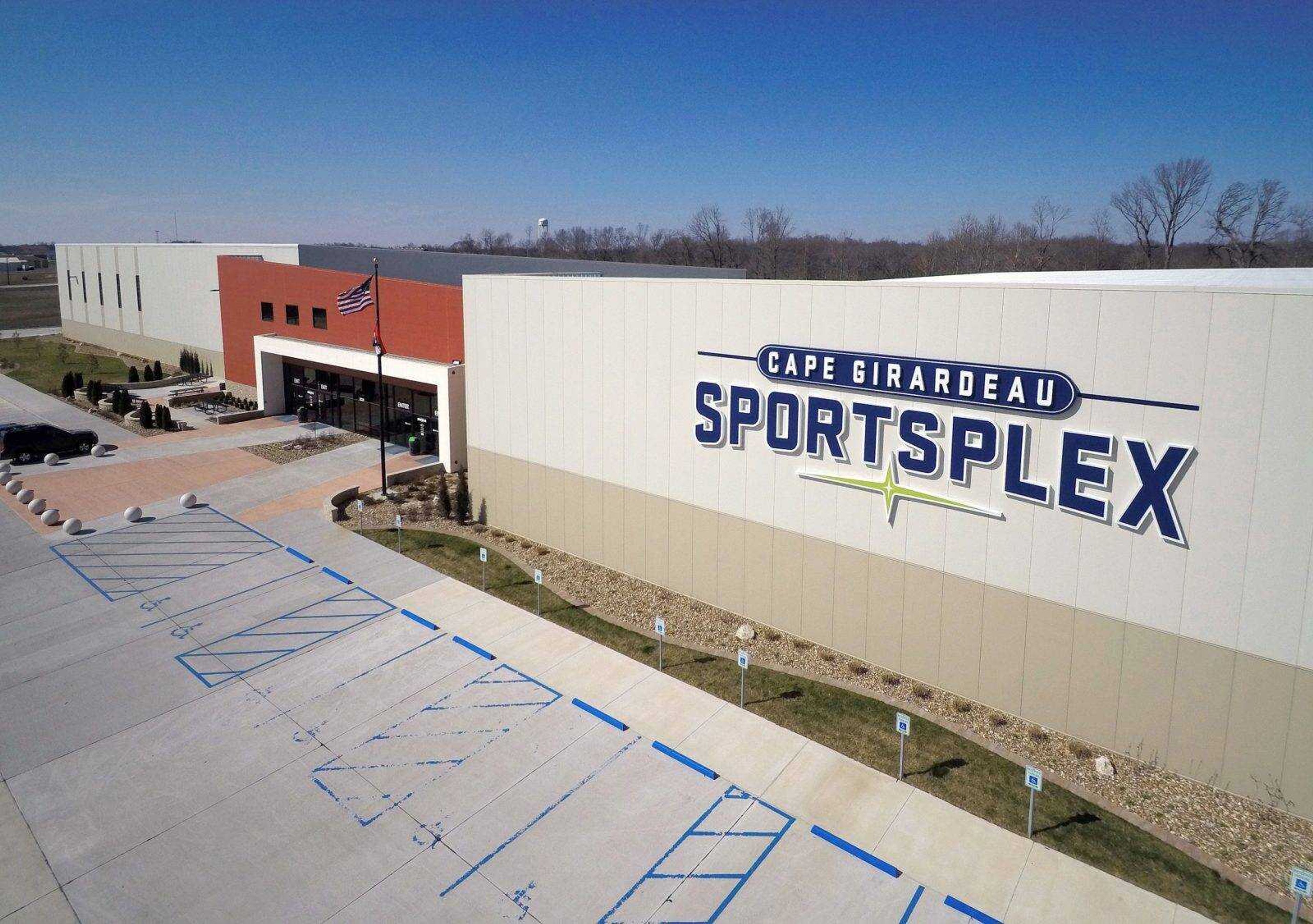Homeland chief: Gyrocopter came in 'under the radar'
WASHINGTON -- The Florida postal carrier charged Thursday with two federal crimes for steering his small gyrocopter through protected Washington airspace "literally flew under the radar" to the lawn of the Capitol, Homeland Security Secretary Jeh Johnson said as key lawmakers raised alarms about security risks...
WASHINGTON -- The Florida postal carrier charged Thursday with two federal crimes for steering his small gyrocopter through protected Washington airspace "literally flew under the radar" to the lawn of the Capitol, Homeland Security Secretary Jeh Johnson said as key lawmakers raised alarms about security risks.
Doug Hughes, 61, was charged with violating restricted airspace and operating an unregistered aircraft, crimes that carry penalties of up to four years in prison and fines. He was released from custody and allowed to return to Florida on home detention. A federal magistrate judge ordered him not to fly any aircraft and told him to stay away from Washington except for court visits and keep clear of the White House and Capitol while in town.
Hughes' stunt, aimed at drawing attention to the need for campaign finance reform, exposed a seam in the U.S. government's efforts to protect the White House, Capitol and other vital federal buildings.
The stunt caused no injuries and few disruptions as Hughes flew in low and slow, landing between the Capitol and its reflecting pool in broad daylight Wednesday. But lawmakers demanded explanations for how he managed to remain undetected as he flew the lightweight craft all the way onto the National Mall from Gettysburg, Pennsylvania.
Concerns were only magnified by the confirmation that Hughes was interviewed in 2013 by the U.S. Secret Service, which apparently determined he did not pose a threat, according to Rep. Elijah Cummings of Maryland, top Democrat on the House Oversight and Government Reform Committee.
"I think that there's absolutely a gap, and it's a very dangerous gap, with regard to our airspace," Cummings said. "I don't want people to get a message that they can just land anywhere. Suppose there was a bomb or an explosive device on that air vehicle? That could have been a major catastrophe."
House Minority leader Nancy Pelosi, D-Calif., called the incident "stunning," and Rep. Michael McCaul, R-Texas, who chairs the House Committee on Homeland Security said he would consider holding hearings.
"These small aircraft or UAV devices concern me because they could go undetected and cause damage, so that's something we're taking a look at," McCaul said.
But Johnson said it's too soon to say whether security changes are needed.
"I want to know all the facts before I reach an assessment of what can and should be done about gyrocopters in the future," he told reporters on Capitol Hill.
"We are a democracy. We don't have fences around our airspace, so we've got to find the right balance between living in a free and open society, and security and the protection of federal buildings," Johnson said.
Lawmakers of both parties expressed disbelief that none of the multiple security agencies tasked with protecting Washington became aware of Hughes' flight in time to stop it.
Secret Service officials disputed reports that they had been warned in advance by the Tampa Bay Times, contending that the newspaper's reporter called to inquire about a protest, but offered no specific warning.
Hughes said little in his appearance in U.S. District Court for the District of Columbia except to softly ask Magistrate Judge Deborah A. Robinson a clarifying question. He avoided reporters on the way in and out. His next court appearance is May 8.
White House Spokesman Josh Earnest said President Barack Obama was not in Washington when the gyrocopter landed, but was told about it.
"There will be a careful look at this incident," he predicted, "and it may provide an opportunity for law enforcement agencies, including the Secret Service, to review their procedures and to get some useful lessons from it."
The U.S. military says the North American Aerospace Defense Command and other law enforcement and intelligence organizations are reviewing sensor data to determine what happened as the gyrocopter neared and penetrated restricted airspace. A NORAD spokesman said the incident highlights a persistent vulnerability: the inability to detect some low, slow-flying objects.
Air traffic controllers at Reagan National Airport across the Potomac River from Washington didn't detect the gyrocopter, mostly likely because it was flying less than 200 feet above ground, a U.S. official said on condition of anonymity for lack of authority to speak publicly.
It's not unusual for a small aircraft like a gyrocopter to go undetected by conventional radar. Unlike most larger aircraft, a gyrocopter doesn't have an identifying transponder. Some radar can detect small objects, but their effectiveness varies.
The landing on the Capitol grounds "just illustrates how hard it is to have an impermeable barrier. It's very hard to hermetically seal airspace," said John Hansman, a Massachusetts Institute of Technology aeronautics professor.
NORAD, the FAA and the Defense Department control the airspace around the national capital region. The FAA is responsible for alerting other agencies to an aerial security breach. The Defense Department would then decide whether to shoot it down, a federal law enforcement official said, also speaking on condition of anonymity for lack of authority to be quoted in the media.
Associated Press writers Alan Fram, Alicia Caldwell, Joan Lowy, and Lolita Baldor contributed to this report.
Connect with the Southeast Missourian Newsroom:
For corrections to this story or other insights for the editor, click here. To submit a letter to the editor, click here. To learn about the Southeast Missourian’s AI Policy, click here.








